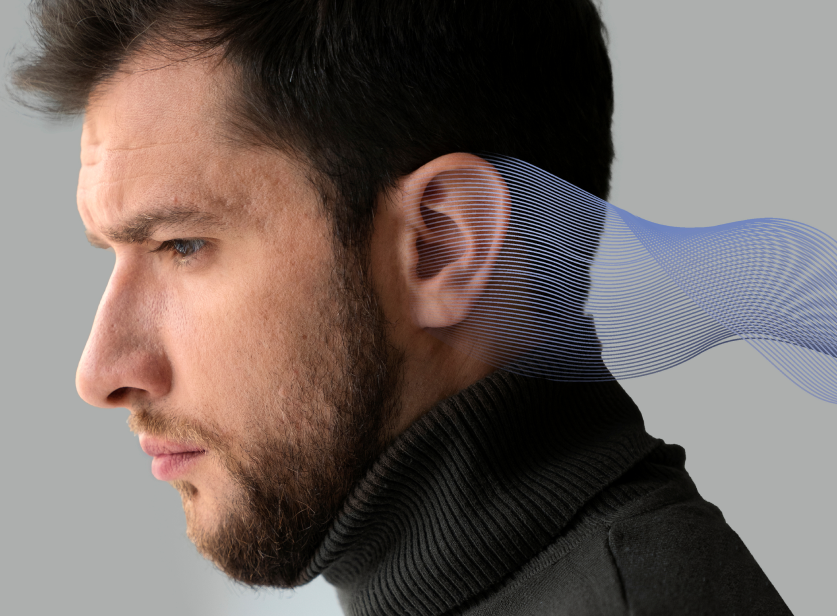How the Ear Works

- Sound Wave Entry: Sound waves enter the ear through the auditory canal and strike the eardrum (tympanic membrane). The eardrum vibrates in response to these sound waves.
- Middle Ear Bones: The vibrations from the eardrum are transmitted across the three small bones of the middle ear, known as the ossicles: the malleus (hammer), incus (anvil), and stapes (stirrup). The stapes, the last bone in the chain, transfers the vibrations to the oval window.
- Oval Window: The oval window is a membrane-covered opening between the middle ear and the inner ear. When the stapes vibrates, it pushes on the oval window, creating pressure waves in the fluid-filled cochlea of the inner ear.
- Cochlea: The cochlea is a spiral-shaped, fluid-filled structure in the inner ear. The pressure waves cause the fluid inside the cochlea to move. This movement creates waves in a membrane called the basilar membrane.
- Hair Cells and Auditory Nerve: On top of the basilar membrane are thousands of tiny hair cells, which have microscopic hairs called stereocilia. As the fluid moves, it causes these hairs to bend. The bending of the hairs generates electrical impulses.
- Signal Transmission: These electrical impulses are then transmitted via the auditory nerve (also known as the cochlear nerve) to the brain.
- Sound Perception: The brain processes these electrical signals, interpreting them as sound, allowing you to recognize and understand the noises you hear.
This intricate process enables us to perceive and interpret a wide range of sounds, from the faintest whispers to the loudest noises.
Did you know that your ear is also part of your balance system? The semicircular canals contain special cells that sense the motion and position of your head.
Accredited HMO











Payment options




